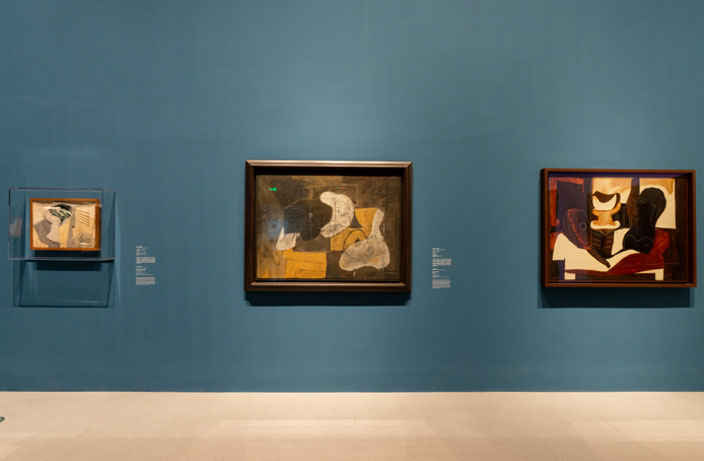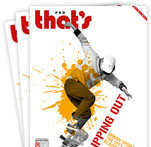On July 28, The Voice of Things exhibition showcasing in Shanghai West Bund Museum officially opened to the public.
This exhibition centers its attention on everyday objects, prompting the audience to look at things that are often seen as purely functional through an artistic lens.
There are more than 160 pieces of artwork delivered from the Center Pompidou’s collection. With 18 months’ duration, the exhibition consists of 18 chapters.

The new exhibition brings together a collection of emblematic works, ranging from the avant-gardes of the early 20th century testifying to the revolution in aesthetic norms and the very status of the work of art, to the most recent artist creations that question our globalized world, and illustrates the importance of the object in the history of modernity.
It is accurate to say that the presentation is as complete and wholesome as an art history textbook while not lacking originality and creativity.
As the second chapter of Centre Pompidou × West Bund Museum Project’s semi-permanent exhibition, The Voice of Things started from cubism, dadaism and surrealism. These are all movements caused by social turbulence, triggering people to look at things that are often taken for granted differently.
Following the hit of WWI, a group of intellectuals sought to combine machinery with artistic creations. They started a movement called purism, where they used geometric shapes to present daily objects in an unadorned, angular and standardized way.

In a way, these artists were searching for a way to make sense of their surroundings in the most logical way possible under the chaotic social environment.
Stepping into the first exhibition room, the bluish background sets the tone for the audience. It feels cold and distant, corresponding to the mathematical, logical and geometrical presentation of the artworks. From this little detail, we can see the curators have put in thoughts to give the audience an immersive experience. The middle artwork titled ‘Nature Morte’ is painted by Pablo Picasso, the founder of cubism. This is one of the most representative artworks created during the period.
One of the most unique pieces of art in the exhibition is the Hat Rack created by Marcel Duchamp. By hanging it on the ceiling, it allows the audience to see it from all angles. Even from its reflection, some say that they see an octopus stretching on the white wall. As people surround the artwork, discussing and speculating the purpose of its creation, this in itself completes the purpose of the artwork.
Going on to more modern artworks, the piece Wearable Chairs created by Gianni Pettena in 1971 shows static objects with emotions and lives. As part of the presentation, there are sheets with poems placed under the chairs. Some lines go like this “To these chairs, life was given/between 3pm and 5pm/on February 12, 1971/a very ephemeral life/only when/they were worn.” The poems have given the chairs a very sentimental touch, where they seem to possess human grief, limitations, life, and death.
Under the backdrop of consumerism, the final part of the exhibition takes us to a globalized world. This piece, titled ‘Mirror Stand,’ was created by Guillaume Bill in 1988. The periods and prices of the mirrors vary largely, where the mirrors closer to modernity have a lower price. This in turn reflects the development of industrialization, standardization, and globalization through ordinary everyday objects, inviting the viewers to reflect on the economic model of society.
The exhibition The Voice of Things leaves observers with an open question: “What defines art?” It has provided a platform for people to contemplate, ruminate, and meditate.
Located in Shanghai West Bund Museum, showing from July 28 onward, it’s worth checking out.
Here are some of the highlights of the exhibition:


 Scan the QR code below for more information:
Scan the QR code below for more information:

[Images via West Bund Art Museum]






















0 User Comments